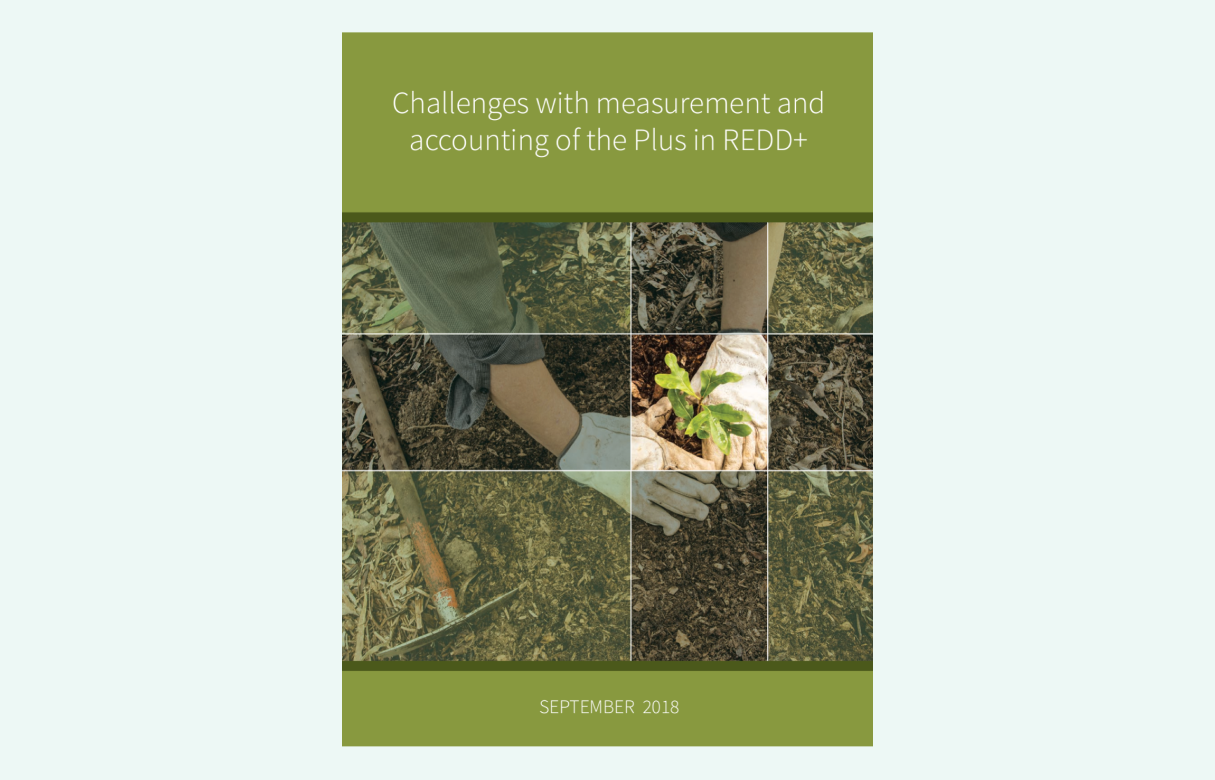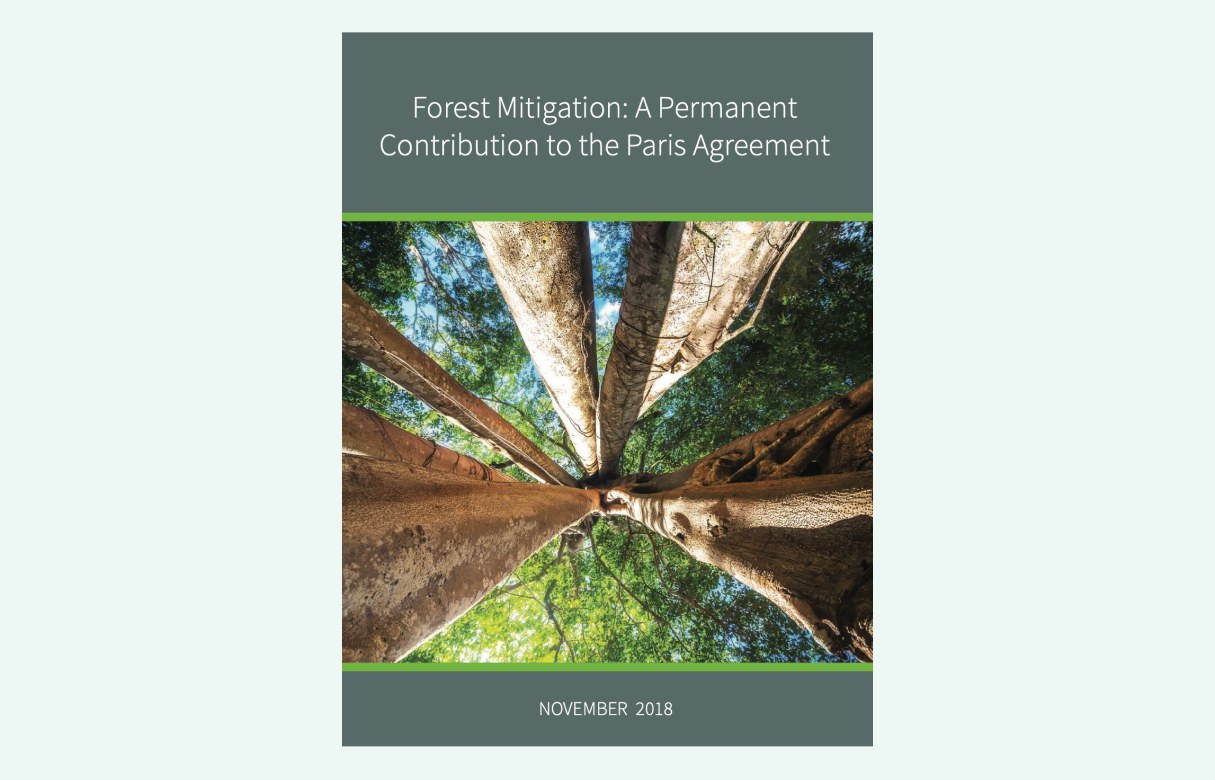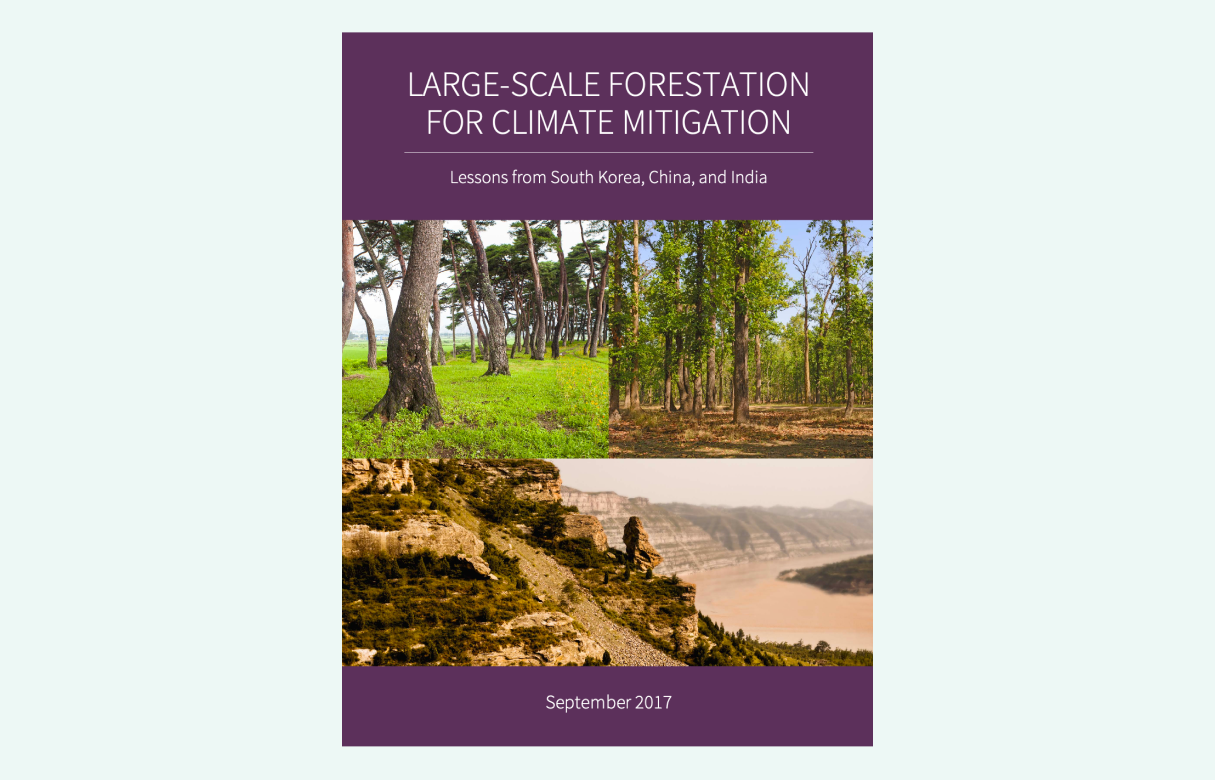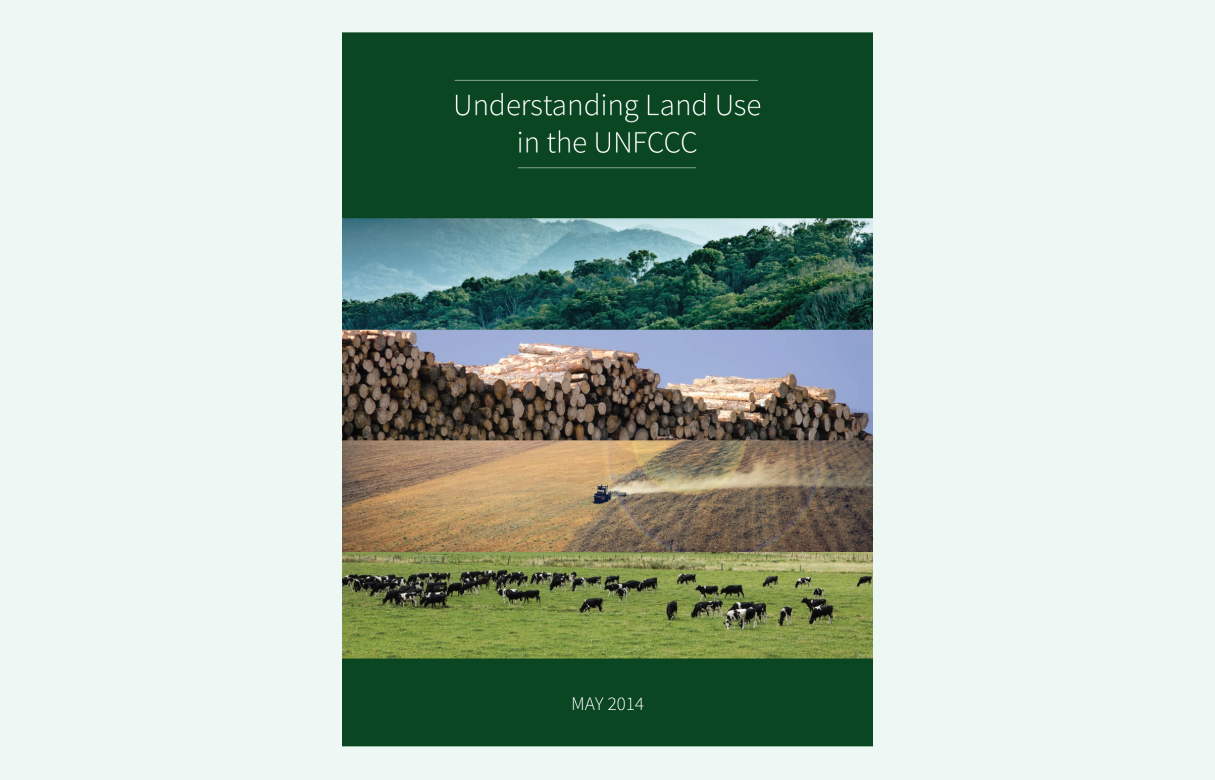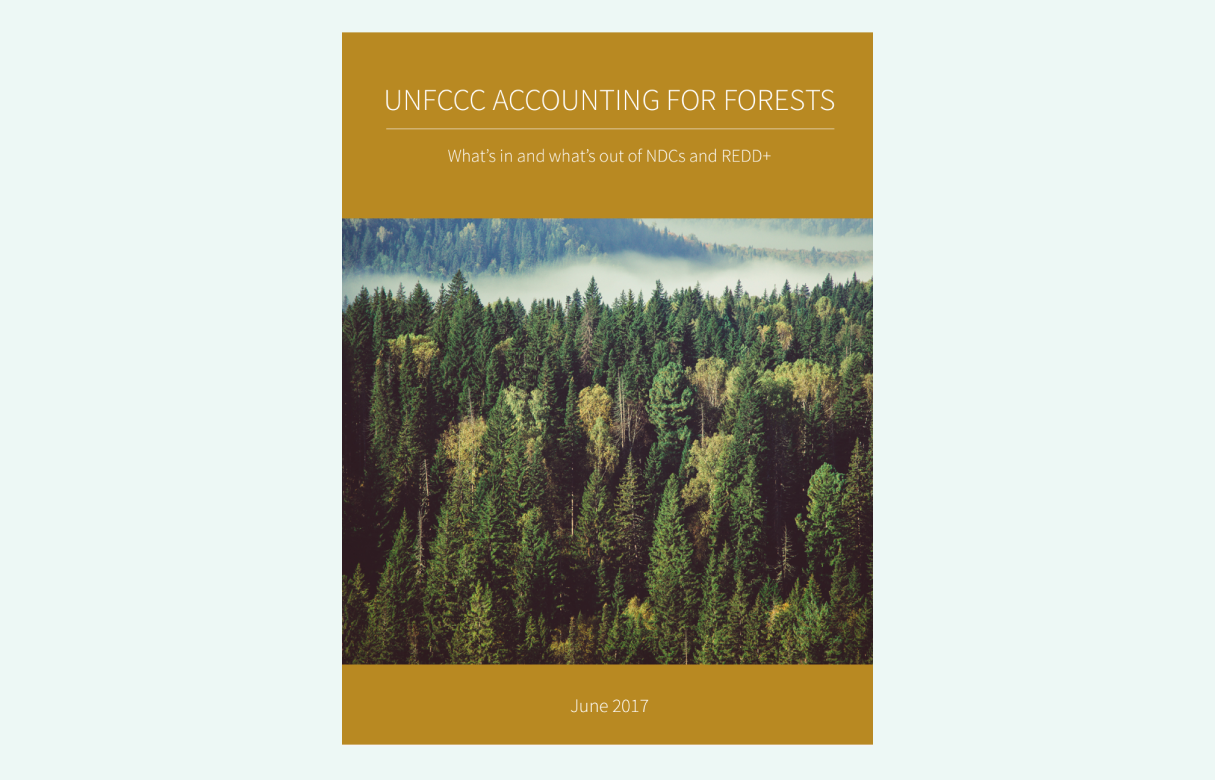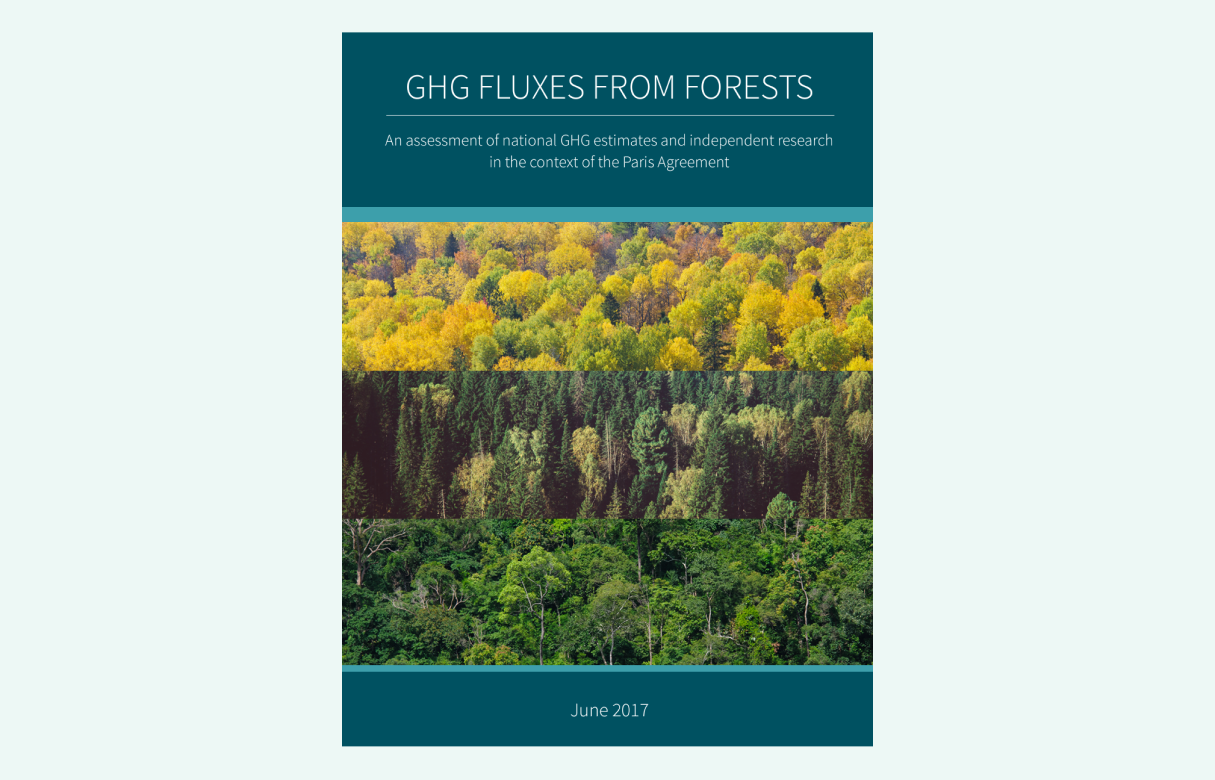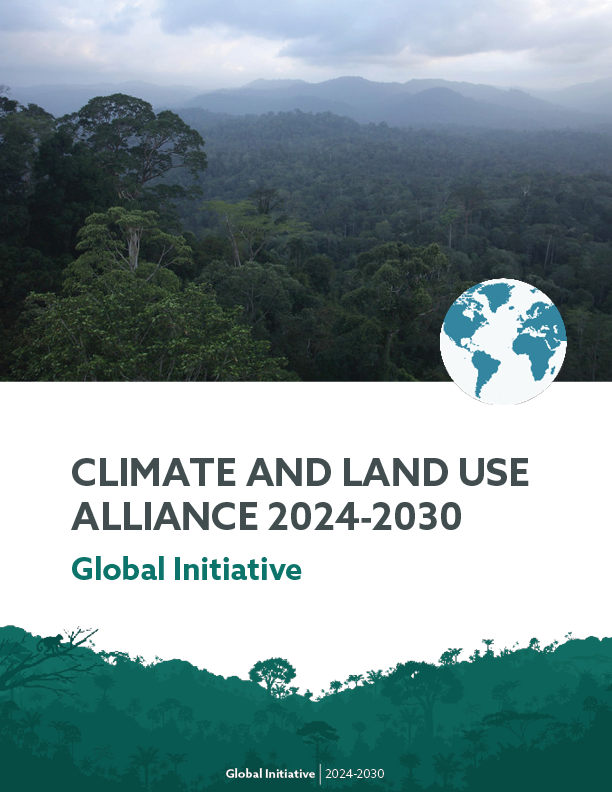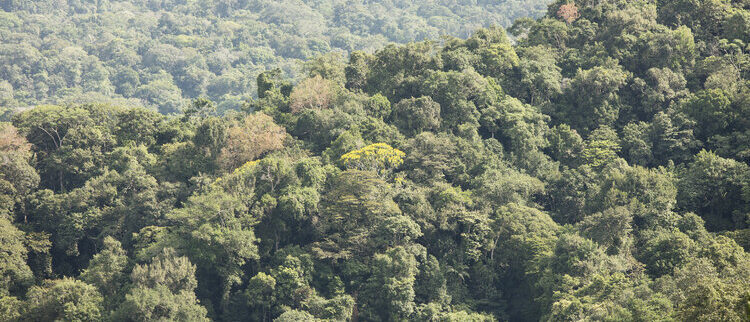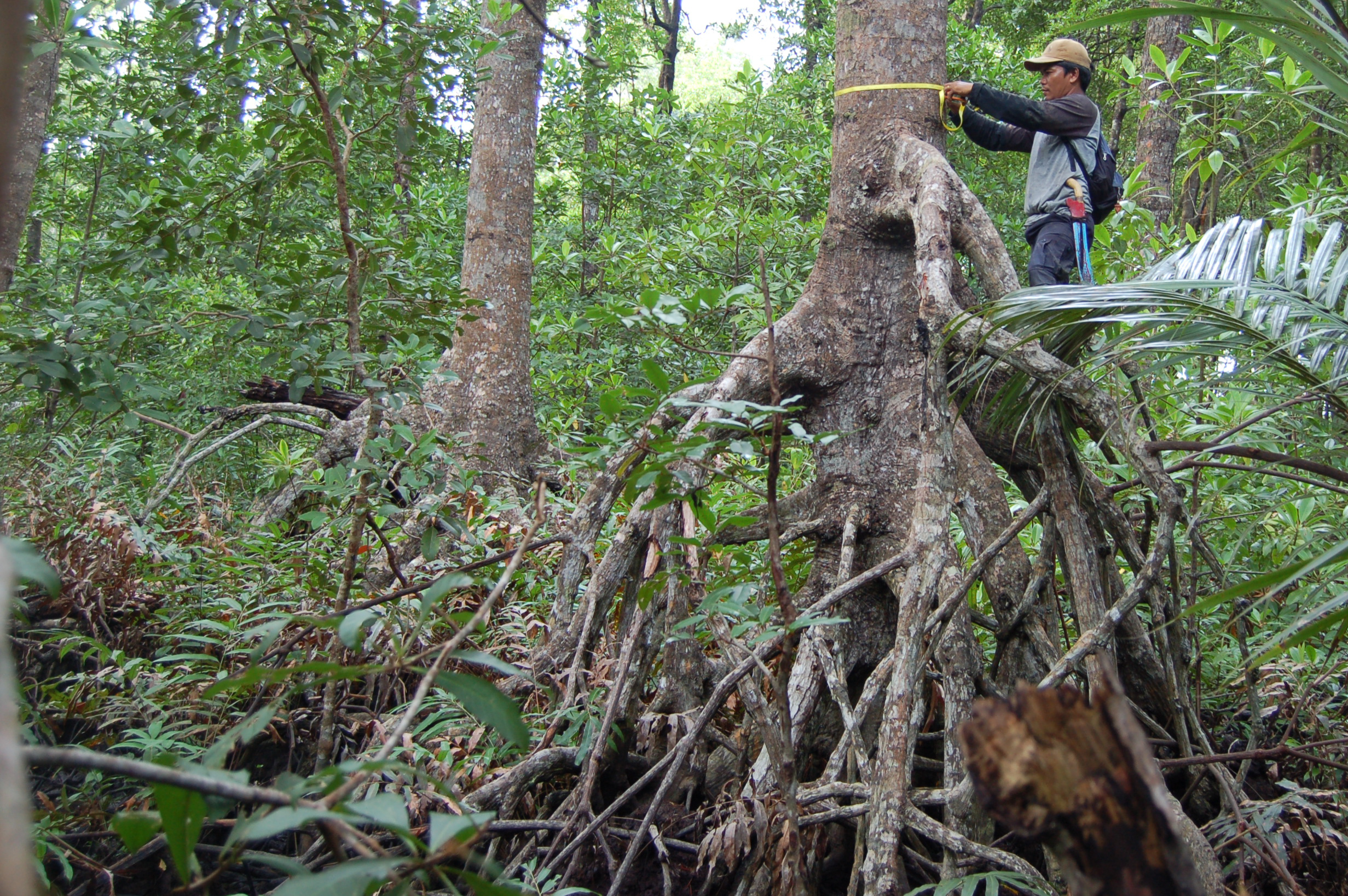Understanding GHG Fluxes from Forests & Land Use
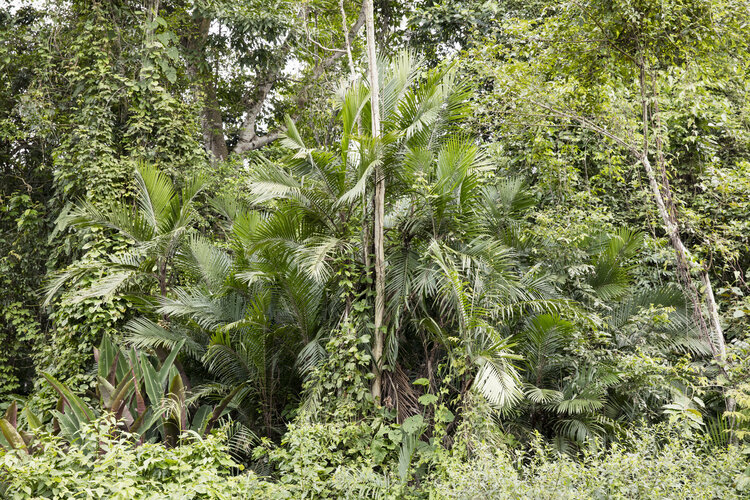
Land use, including forests, is critically important to achieving Paris Agreement goals — particularly reaching carbon balance by the second half of the century. Currently the “land sink” (mostly forests) absorbs one-third of global carbon pollution (largely from fossil fuels), and thus is a critically important part of the global carbon budget.
However, many people feel that understanding how forests and land use relate to climate change is confusing — particularly confounding to many is their treatment within the UNFCCC. The materials below have been created to help de-mystify and explain land use-related mitigation, with a focus on forests and their respective GHG fluxes. They seek to explain:
- The mitigation potential of forests and the potential to expand the sink through forestation
- How forests (and land use) are treated within the UNFCCC, including the differences between reporting and accounting of GHG emissions and removals
- Why country reporting of GHG fluxes from forests (e.g. in national GHG inventories) may differ from independent estimates and why understanding this is critical for the Global Stocktake under the Paris Agreement
- Comments and/or questions are most welcome. Please email: forestfluxes@clua.net
Funding for these products has been provided by the Climate and Land Use Alliance. The authors are solely responsible for the content.
